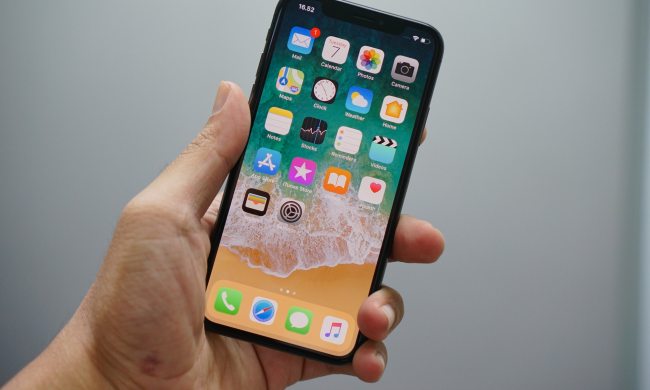
That’s why it’s not surprising that Korean electronics company LG is investing substantially in its OLED business. On Wednesday, the company announced a $1.75 billion expansion of LG Display, its screen research and design division, to supply mobile OLED displays.
LG Display is already a veritable behemoth in the screen space. It supplies displays for Apple’s current crop of iPhones, and screens for parent company LG Electronics’ televisions. But the latest investment will see the company’s production line capabilities greatly expanded. It builds upon capital improvements LG made in its OLED supply chain in 2015, when it poured 1.05 trillion won (roughly $1 billion U.S.) into existing panel facilities last summer, then wrapped up a 1.84 trillion won ($1.6 billion) upgrade of an OLED TV and smartphone display plant in November. By 2018, LG said, it’ll be able to produce enough 5.7-inch sized flexible screens for 3 million handsets per month.
Growth in the OLED market is the driving force behind LG’s recent pushes. According to market research firm IDTechEx, the market for OLED displays, spurred mostly by smartphones, smartphones, and fitness trackers, will grow to from $16 billion by the end of 2016 to $57 billion in 2026. Others forecast that OLED displays will replace LCDs as the dominant category of smartphone display by 2020. Analysts predict that Apple, which currently uses LCD for its iPhones, will adopt OLED as early as 2017.
OLED’s maturation and advantages are the primary motivators for the increased adoption. Mobile phone makers have fixed a majority of the problems exhibited by prototypical OLED screens, including inordinate battery drain and frequent overheating. And OLED screens have unique characteristics that conventional alternatives like LCDs lack — they’re thinner and lighter, tend to have much higher refresh rates, and are capable of bending when adhered to flexible materials.
LG Display is facing outside pressure from investors to rebound from a disappointing fiscal quarter. During the company’s earnings report on Wednesday, it reported a net loss of 84 billion won ($73 million U.S.) in the period between April and June, down from a net profit of 363 billion won ($319 million U.S.) in the second quarter of 2015. Sales, meanwhile, fell 13 percent.
The drops are attributable largely to the competition. Samsung, LG’s biggest rival in the display business, announced a 4 trillion won ($3.5 billion U.S.) investment in its own OLED display facility. And analysts believe that the company’s production line is better suited to produce the smaller-size OLEDs that smartphones and wearables devices require. LG, by contrast, until recently devoted its screen production efforts to television panels and “digital signage.”
But the company has made headway. In January, it demoed an 18-inch OLED display that rolls up like a newspaper — technology it intends to bring to market sometime next year.


